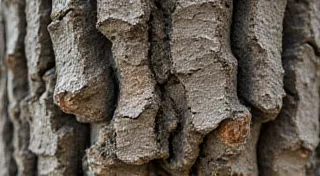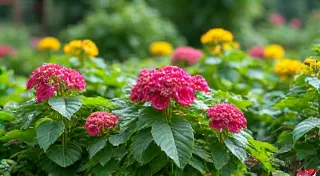Ochre's Song: Earth's Embrace in the Dye
The scent of damp earth, a whisper of something ancient, clings to the fibers. It's a familiar comfort, a primal connection to our ancestors who first understood the language of color drawn directly from the land. This isn's just about textile dyeing; it's about identity, history, and the enduring beauty of earth tones – a celebration of ochre.
My grandfather, a carpenter by trade, possessed a small collection of antique accordions. Each one, battered and worn, bore the marks of countless hands and journeys. He’s the one who first taught me to appreciate the beauty of weathered wood and faded colors. He’s the one who pointed out the subtle variations in the brown tones, telling me they weren’t imperfections but stories etched by time and use. That same principle applies beautifully to dyed textiles, particularly those utilizing ochre pigments.
Ochre. The word itself resonates with a groundedness, a feeling of solidity. Derived from the Latin "ocra," meaning "earth," it encompasses a spectrum of yellows, oranges, and reds, all sourced from iron oxides present in soil, clay, and rocks. It’s arguably the oldest pigment used by humankind – evidence of ochre use dates back to the Paleolithic era, found in cave paintings and burial rituals across the globe. It's a pigment that doesn't just color; it connects us to the very bedrock of human experience.
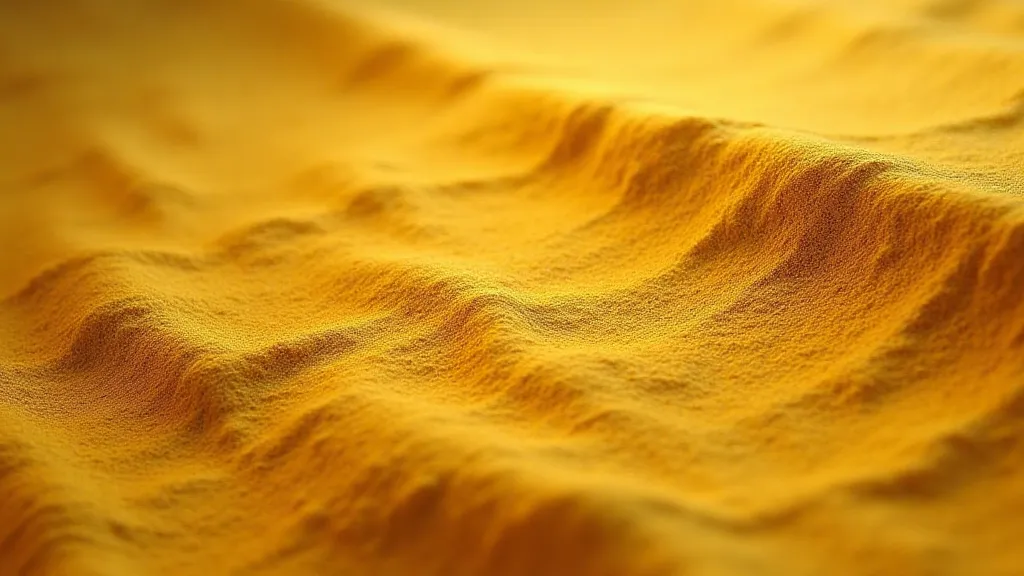
Ochre Across Cultures: A Global Palette
The widespread use of ochre paints a vivid picture of cultural interconnectedness. In Australia, Indigenous communities have employed ochre for millennia, not only for body painting and ceremonial garments but also for rock art depicting Dreamtime stories. The ochres vary wildly depending on the region – from the deep reds of the Kimberley to the buttery yellows of the Nullarbor Plain. These pigments aren't simply applied; they are integral to spiritual practices, representing ancestral connections and the power of the land.
Similarly, in West Africa, particularly in countries like Mali and Niger, ochre has been a staple for dyeing textiles. The Dogon people, known for their intricate weaving traditions, utilize ochre to create stunning geometric patterns on their cotton cloths. These dyes aren't created in a laboratory; they’re meticulously extracted from local sources, often involving complex processes that vary from family to family, guarding the secrets passed down through generations. The process isn’t just about achieving a color; it's about maintaining a cultural heritage.
Moving to Europe, the significance of ochre persists. In Spain, the region of La Rioja is famed for its rich ochre deposits, used for centuries to color both textiles and buildings. Traditional Spanish costumes, often vibrant and richly embroidered, frequently feature shades derived from these local pigments. Even in regions as seemingly distant as Japan, ochre played a role in dyeing kimono fabrics, contributing to the subtle warmth and earthiness of the designs.
The Craftsmanship of Natural Dyeing
Unlike the uniformity of synthetic dyes, natural dyes like ochre offer a wonderfully unpredictable range of hues. The color obtained isn't solely determined by the pigment itself. It’s influenced by factors such as the type of fiber being dyed (cotton, wool, silk), the water's mineral content, the pH of the dye bath, and even the weather conditions during the dyeing process. This inherent variability is precisely what makes traditional dyeing so captivating; each piece is unique, bearing the mark of its creation.
The process itself demands patience and skill. Extracting ochre pigment often involves careful excavation, grinding, and sieving. The pigment is then typically mixed with a "mordant," a substance (often aluminum salts, tannins, or iron compounds) that helps the dye bind to the fabric. The selection of mordant significantly alters the final color; iron mordants tend to shift the hue towards more muted tones, while aluminum salts produce brighter, more saturated colors.
The hands of the dyer are critical. They feel the fabric's reaction to the dye, adjust the temperature and pH, and anticipate the subtle shifts in color. It’s a deeply sensory experience, requiring a close relationship with the materials and a profound understanding of the dyeing process. The result isn’t a mass-produced product; it's a testament to human ingenuity and connection to the natural world.
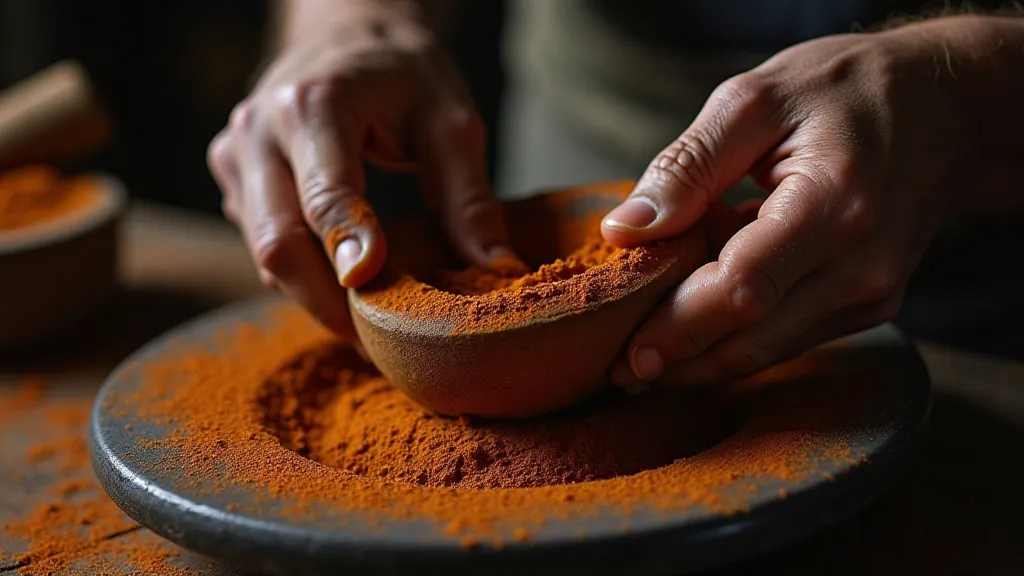
Collecting & Preserving: A Respect for the Past
As with any traditional craft, pieces dyed with natural ochre are increasingly valued, both as works of textile art and as historical artifacts. When considering collecting such textiles, authenticity is paramount. Examine the fabric closely for signs of hand-dyeing – subtle variations in color, irregular patterns, and the characteristic "halo" effect that often occurs with natural dyes. The smell of the fabric can also be a clue; natural dyes often impart a distinct earthy aroma.
Preserving these treasures requires careful handling. Store textiles in a cool, dry, and dark environment, away from direct sunlight and humidity. Avoid harsh chemicals and detergents when cleaning. Gentle hand-washing with a pH-neutral soap is generally the safest option. Understanding the history and techniques behind these textiles— researching the region of origin, learning about the specific mordants used— adds another layer of appreciation and respect.
The beauty of ochre-dyed textiles isn't just about aesthetics; it's about the stories they tell—stories of cultural identity, craftsmanship, and a deep connection to the land. It’s a reminder that true beauty often lies in imperfection and that the most enduring art is born from a profound understanding of the natural world.
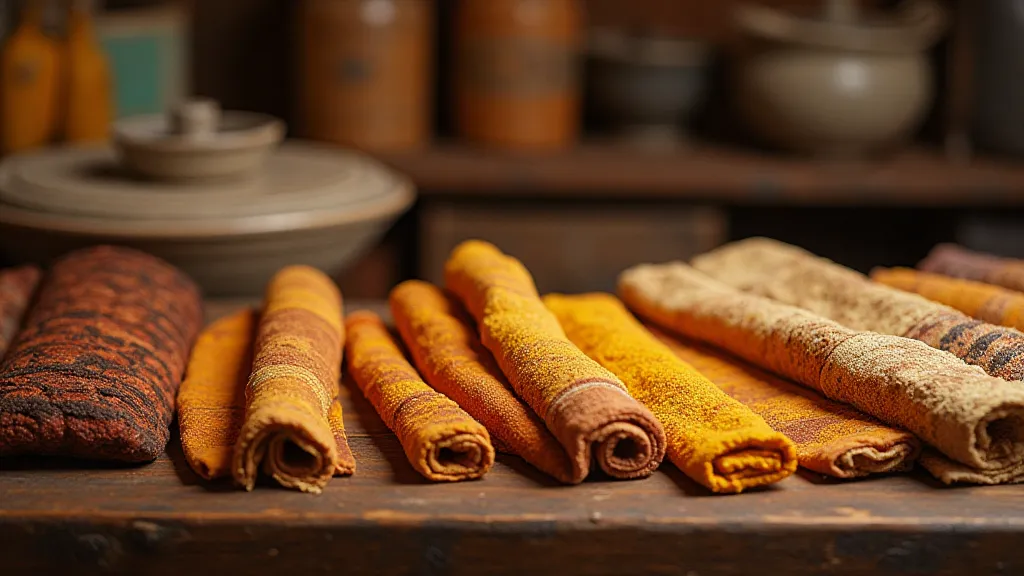
My grandfather's accordions, with their faded colors and weathered surfaces, weren't just instruments; they were echoes of a bygone era, tangible links to the people who had played them and the stories they had shared. Similarly, an ochre-dyed textile isn't just a piece of cloth; it's a song from the earth, a testament to the enduring power of tradition, and a celebration of the beauty that can be found in the simplest of things.


